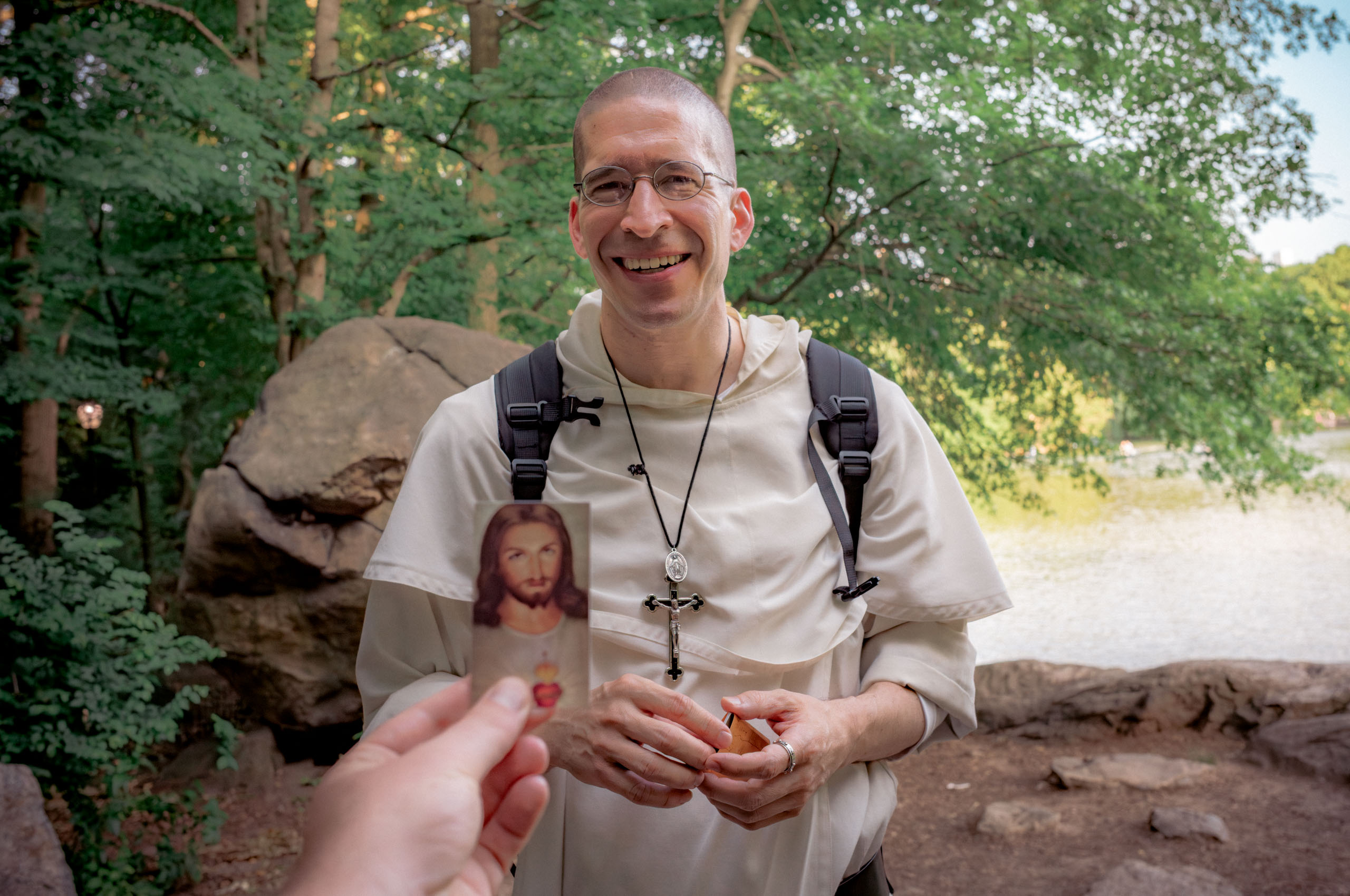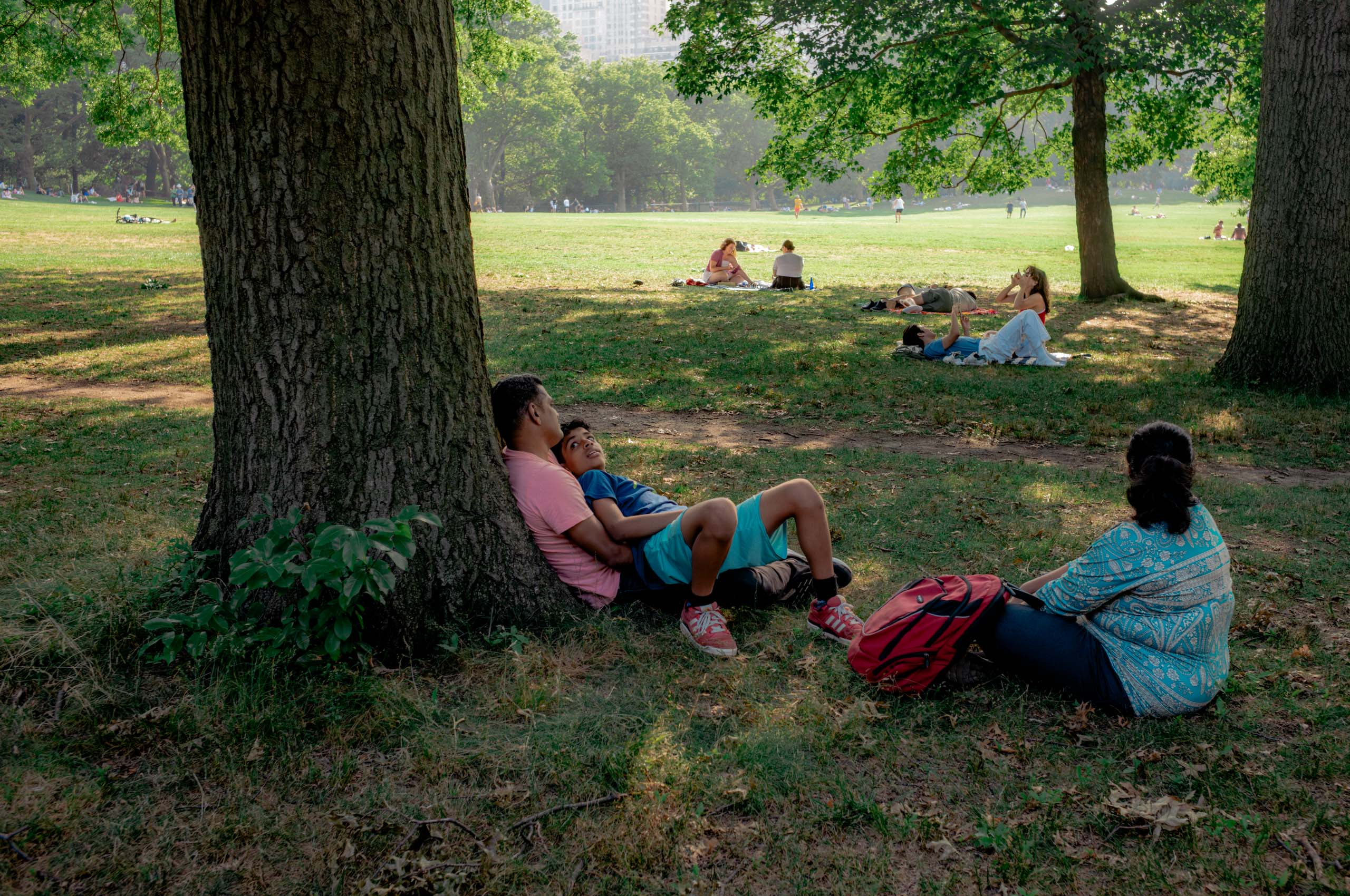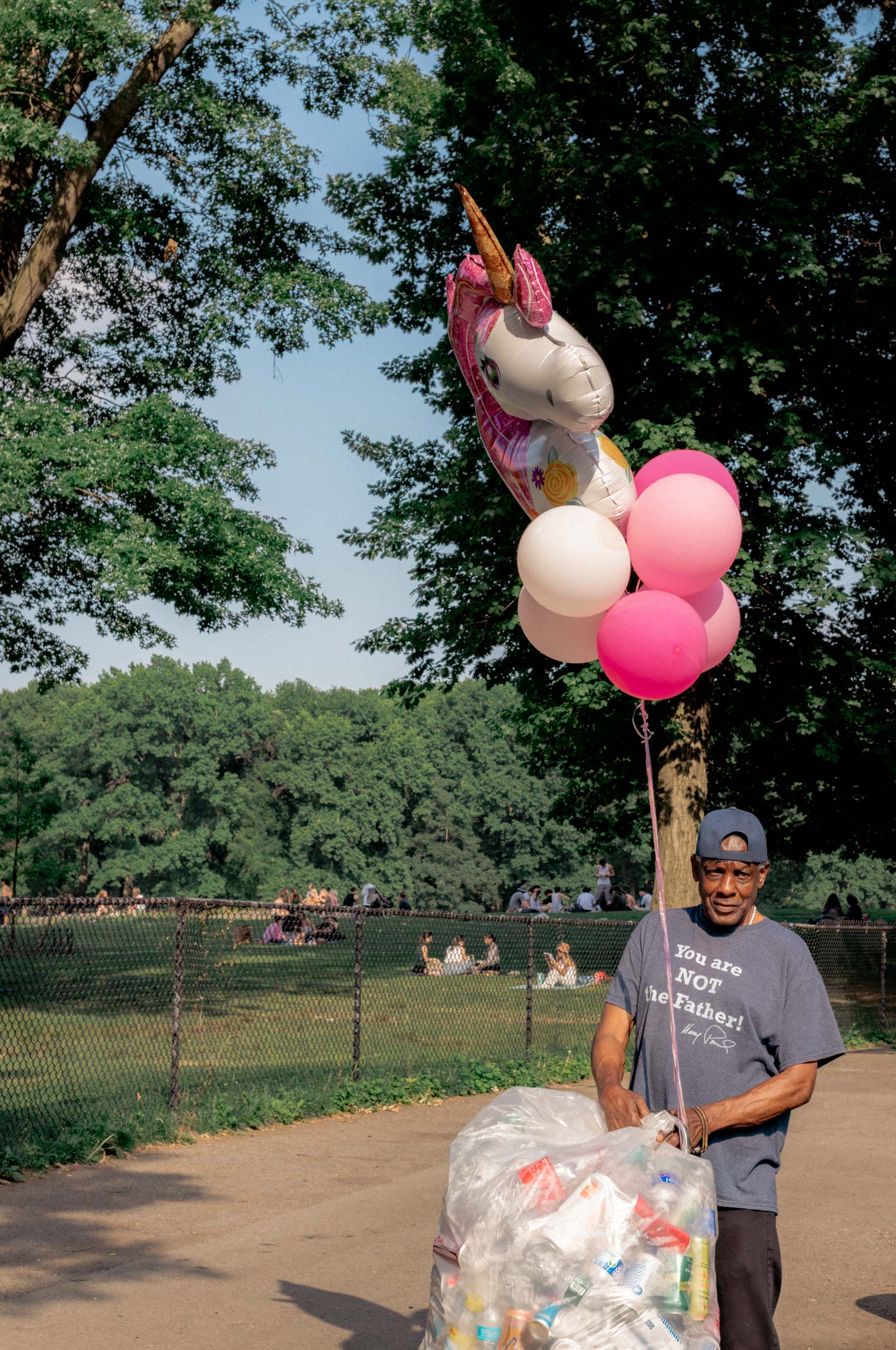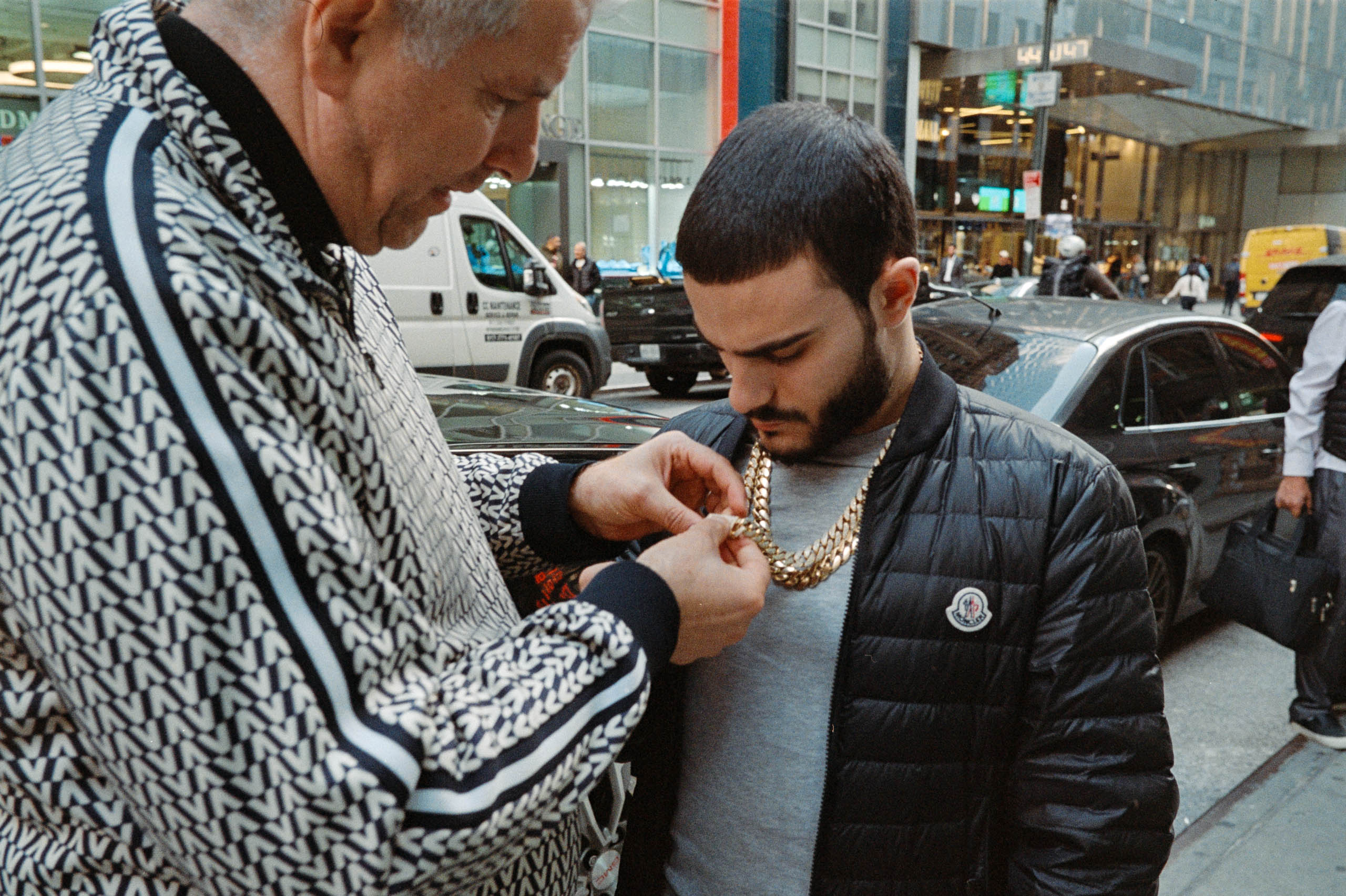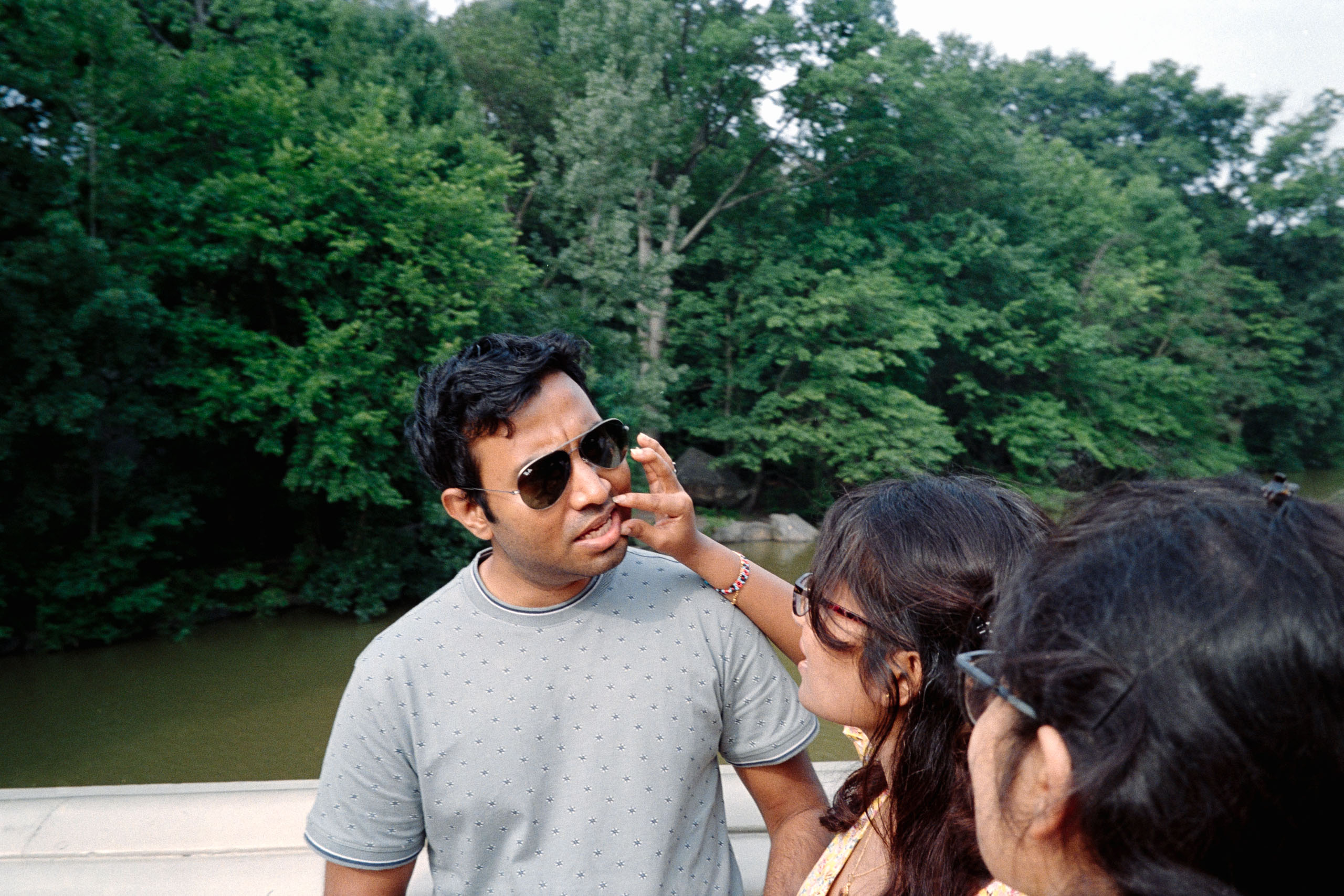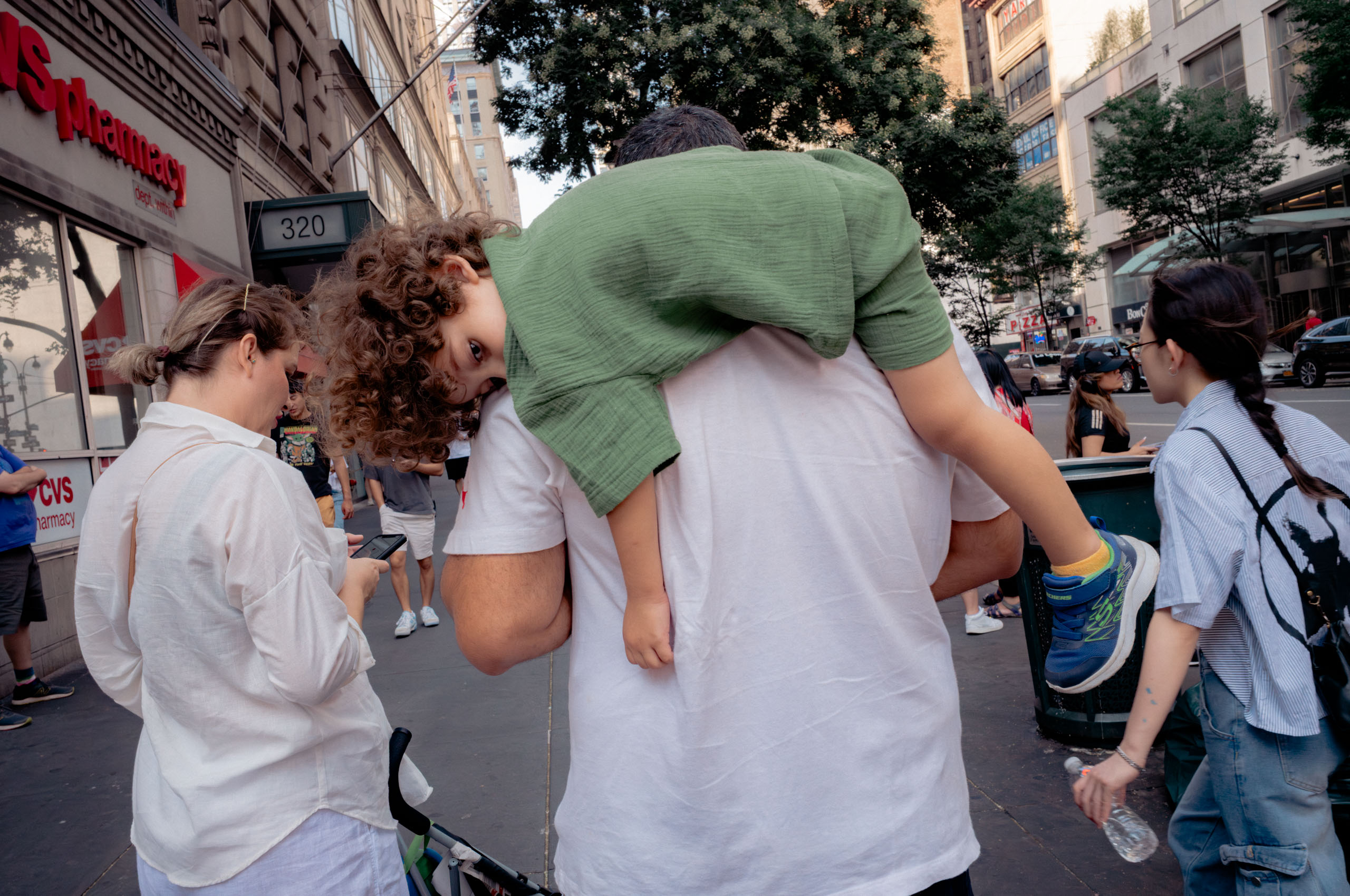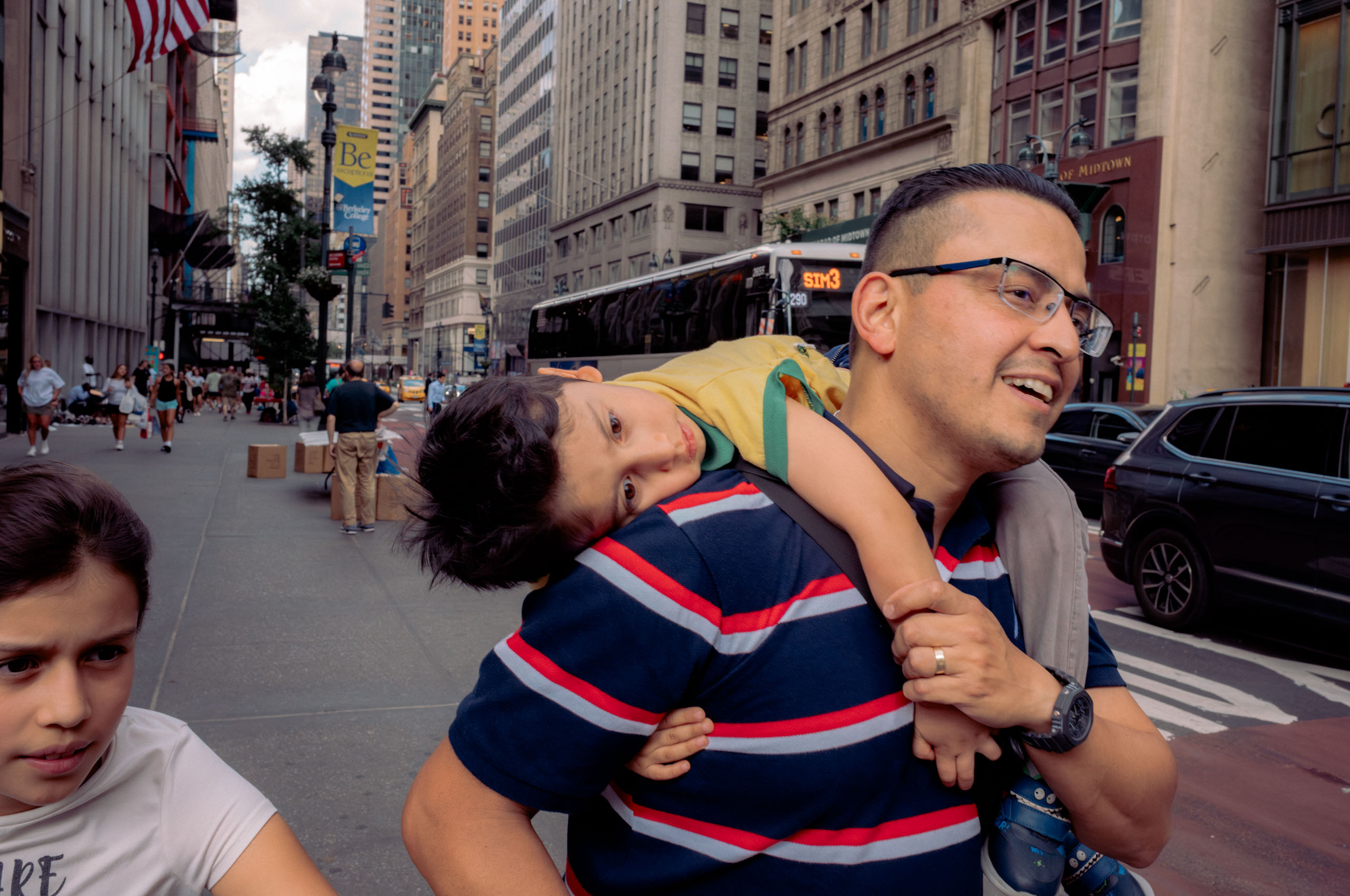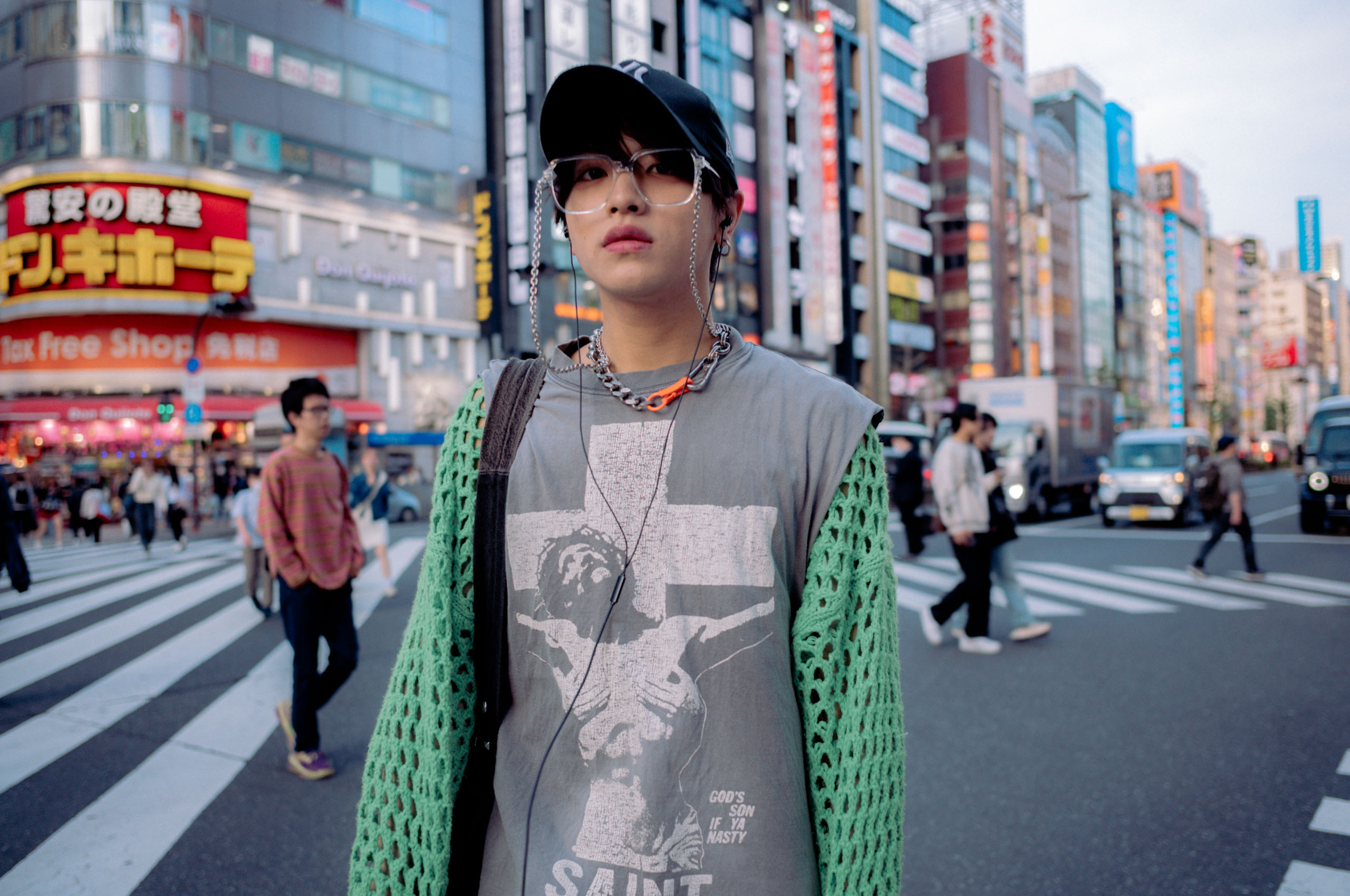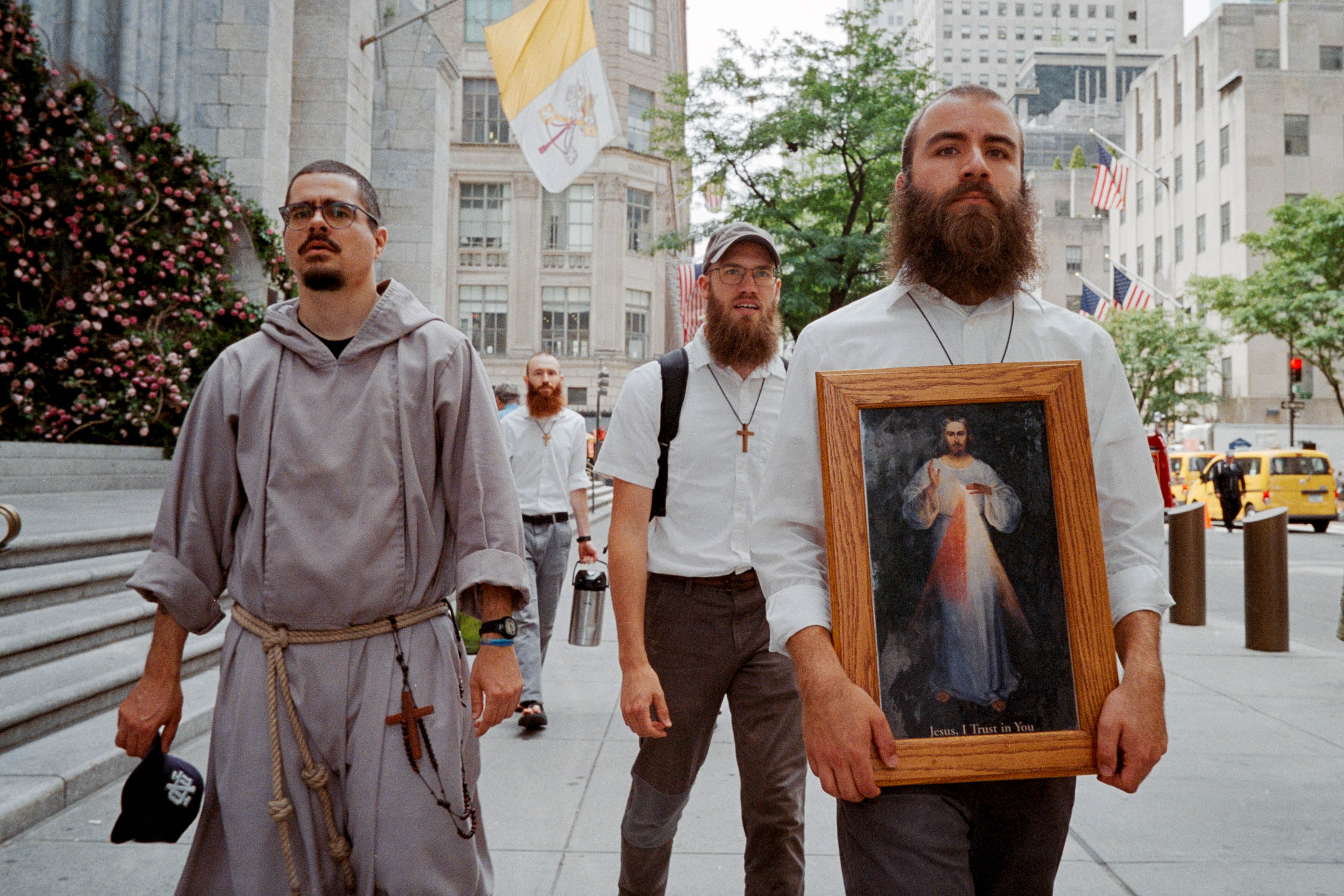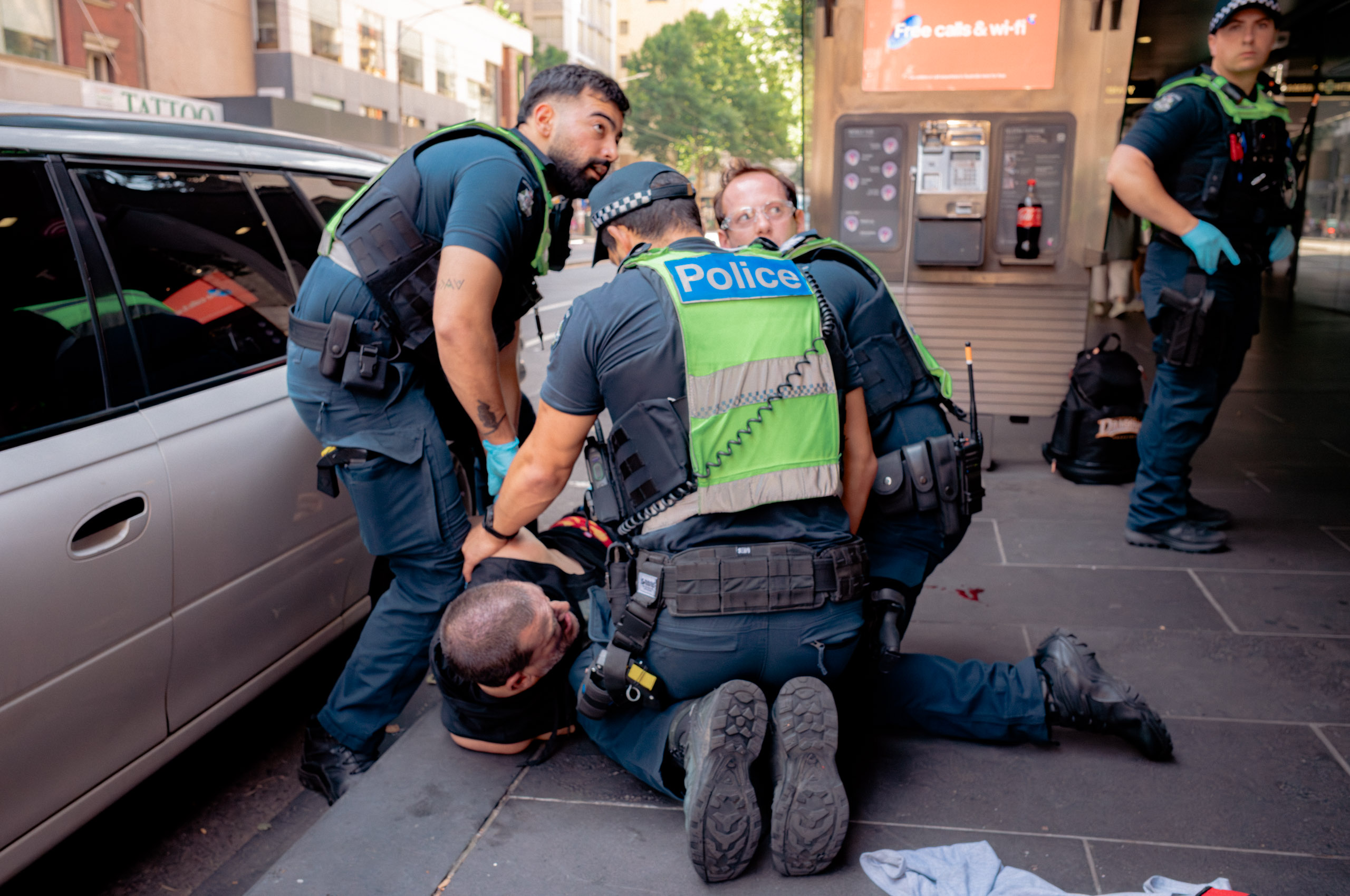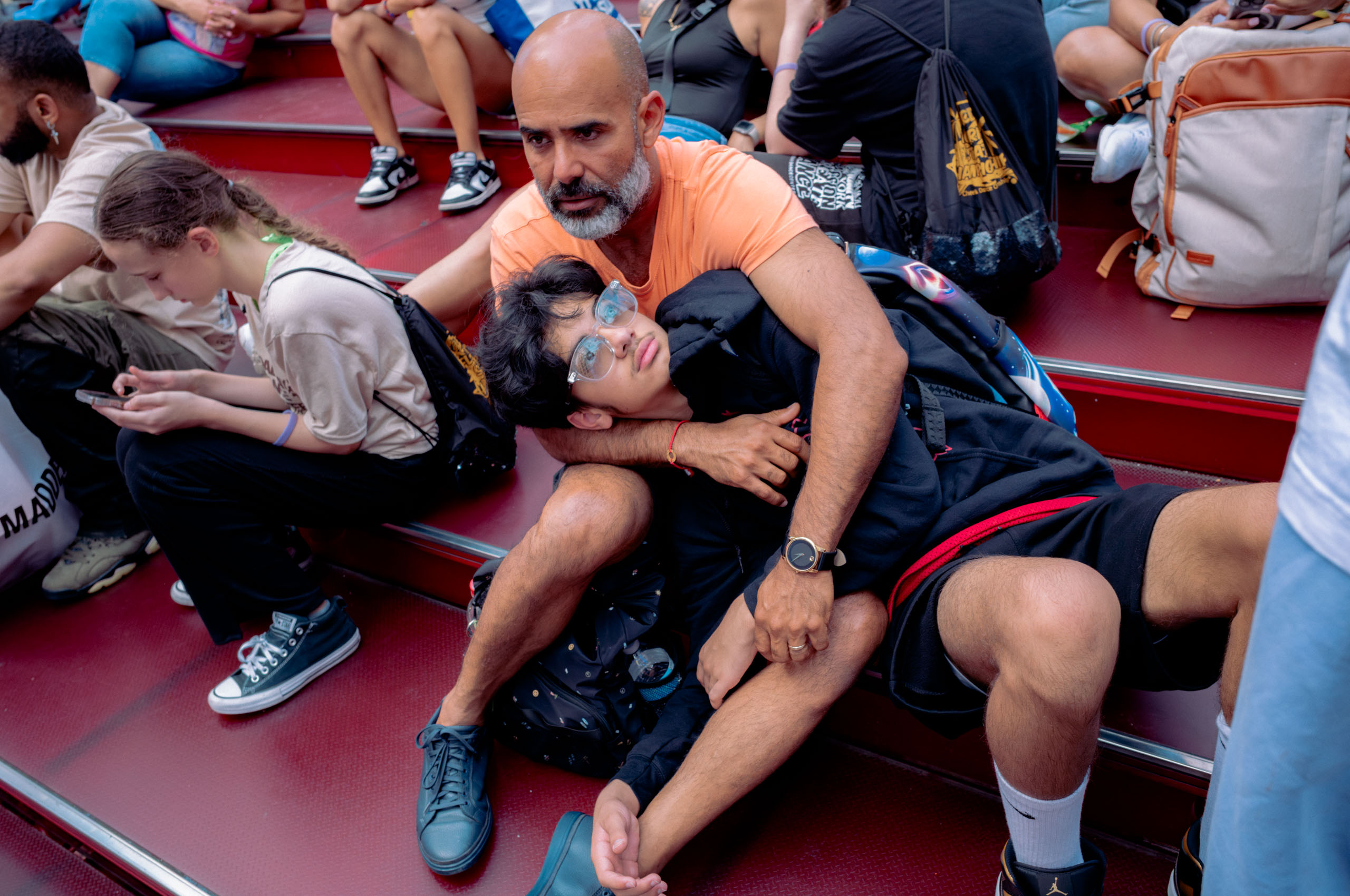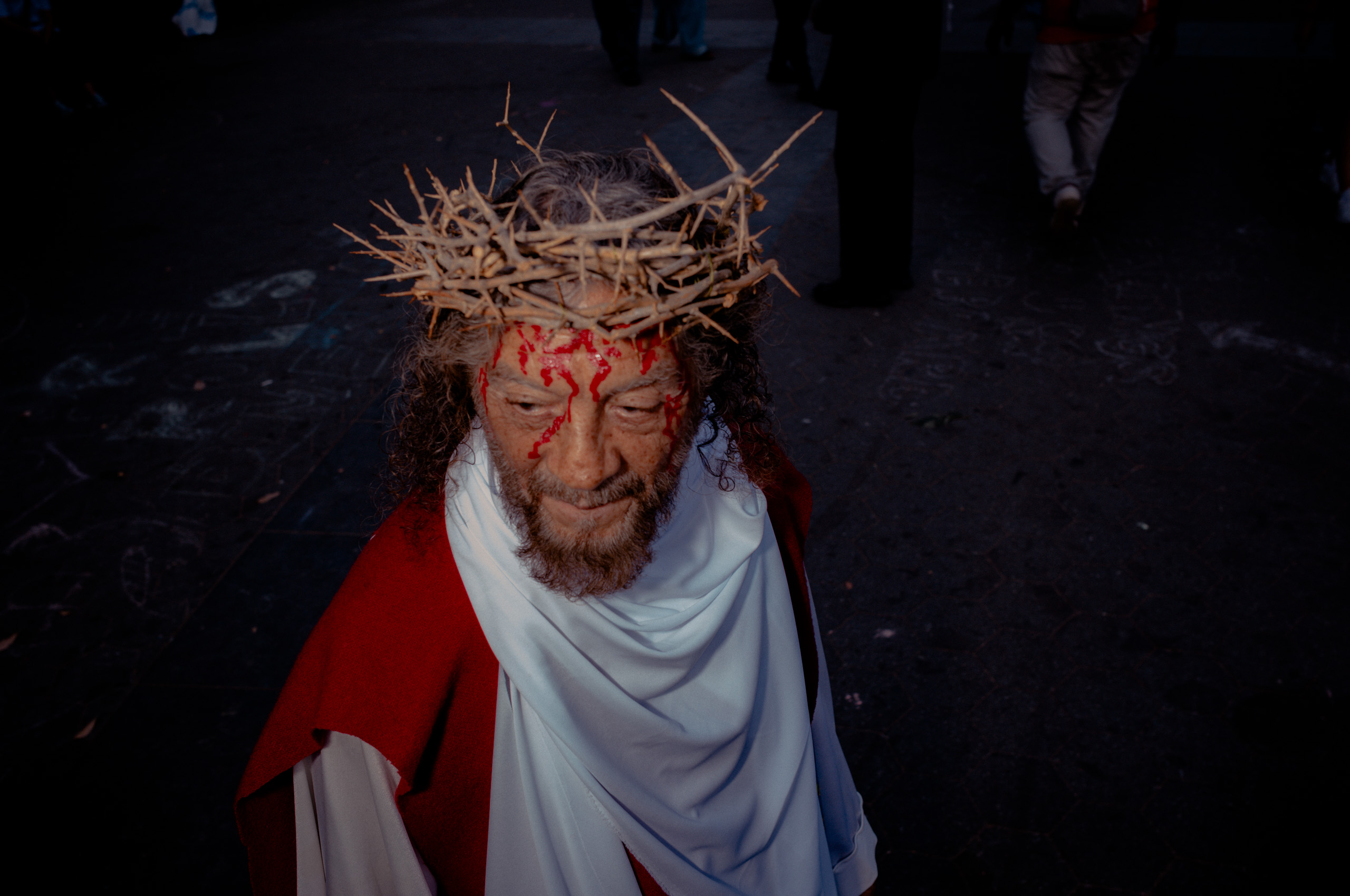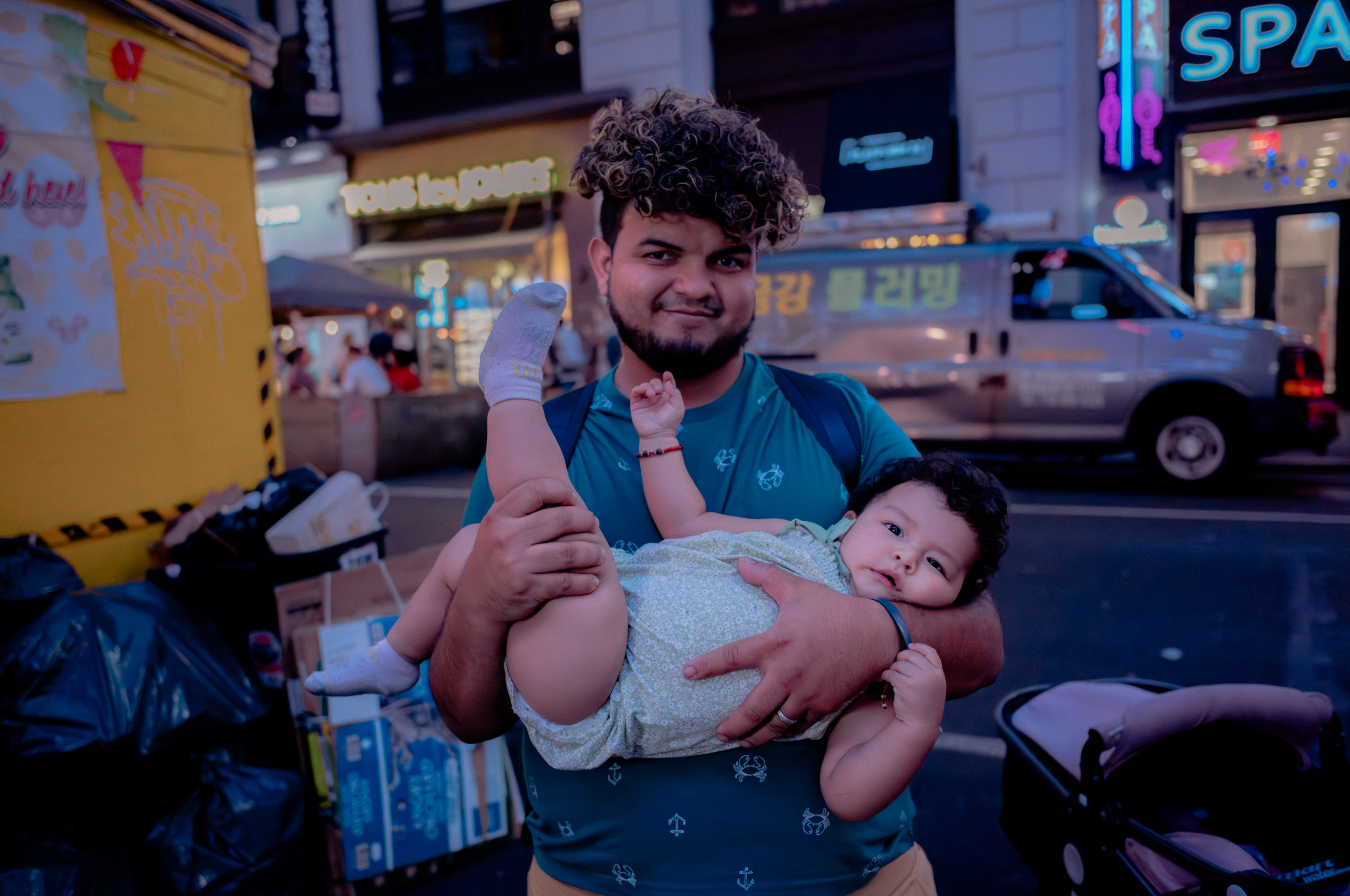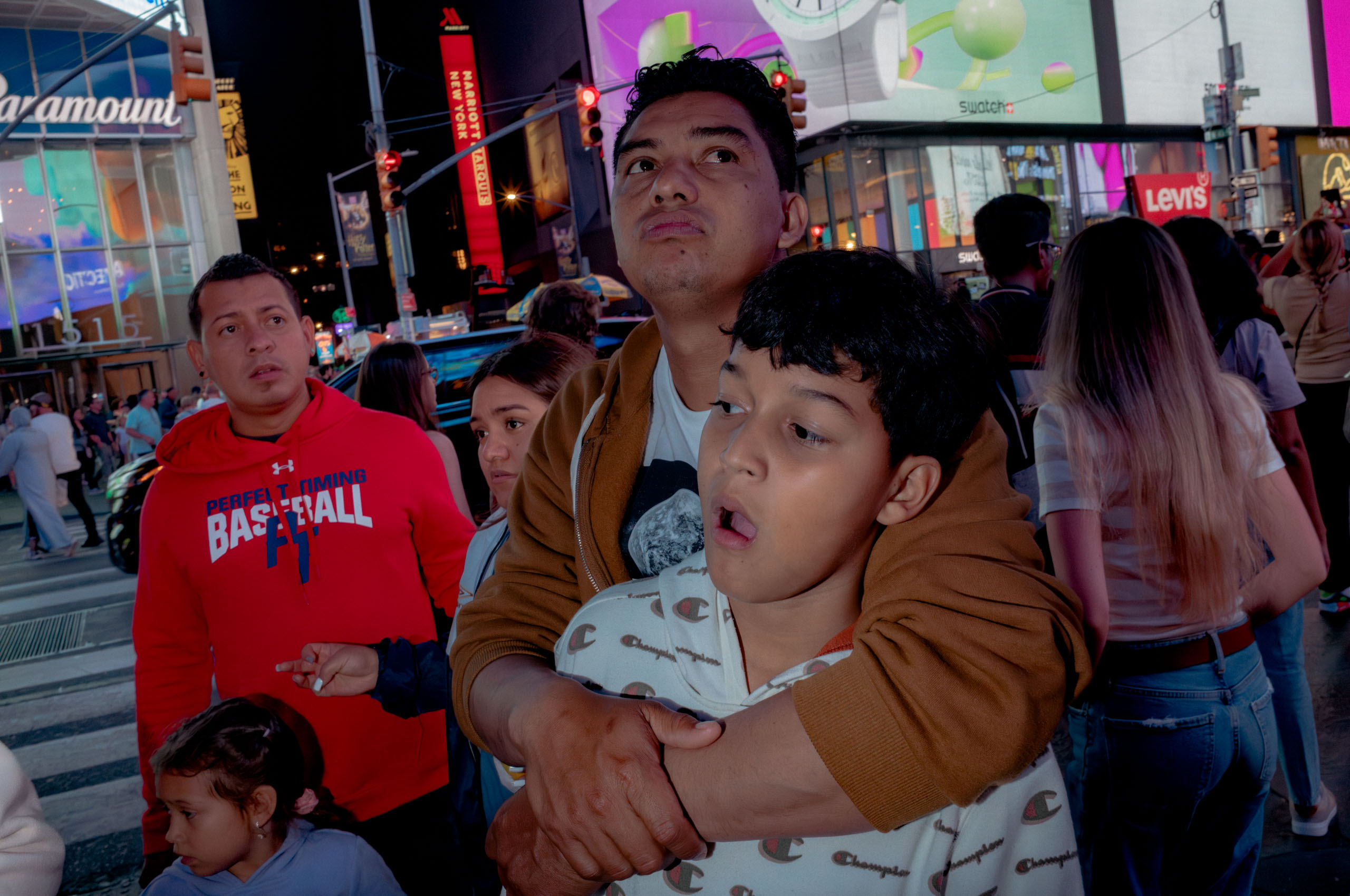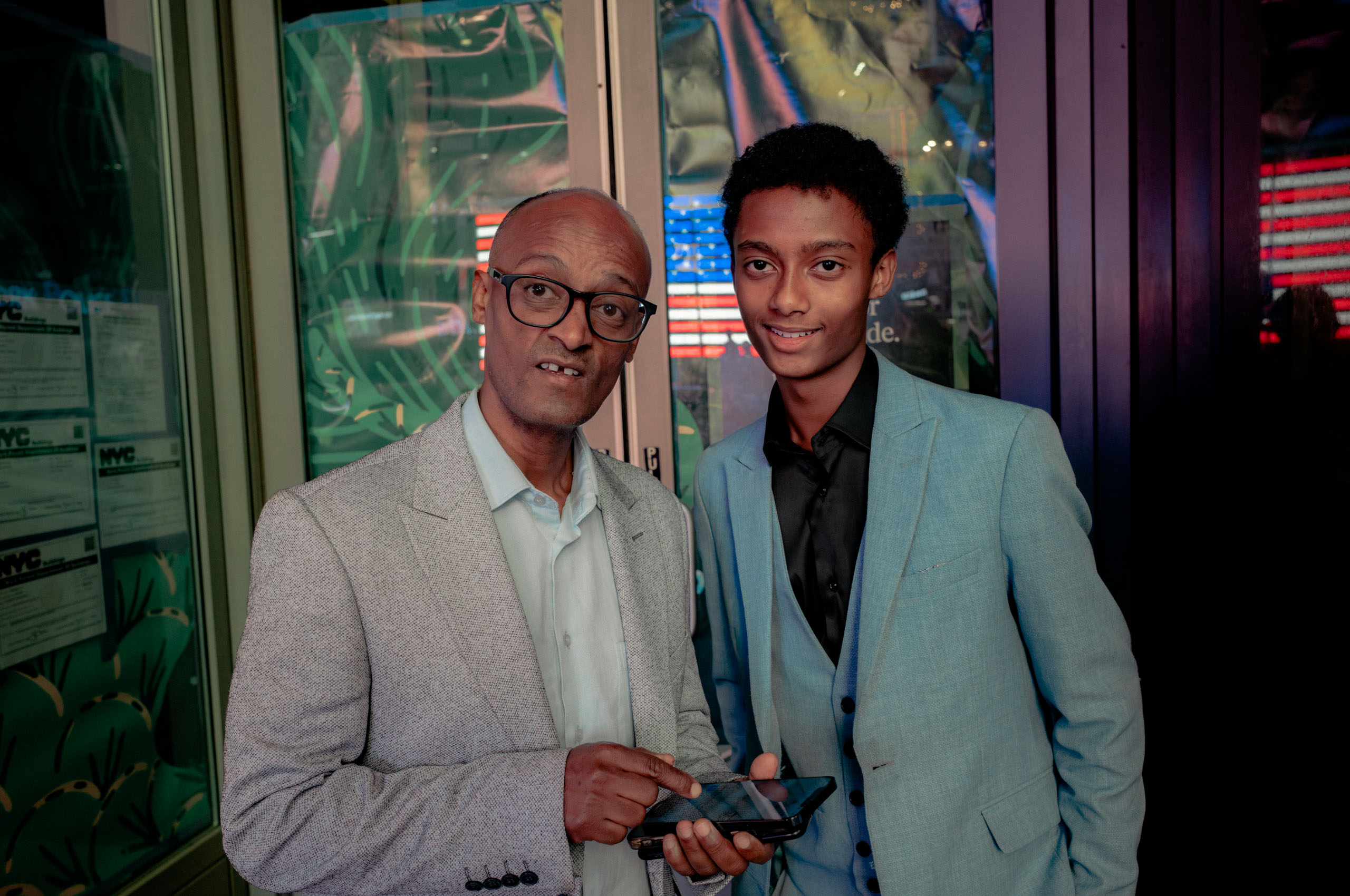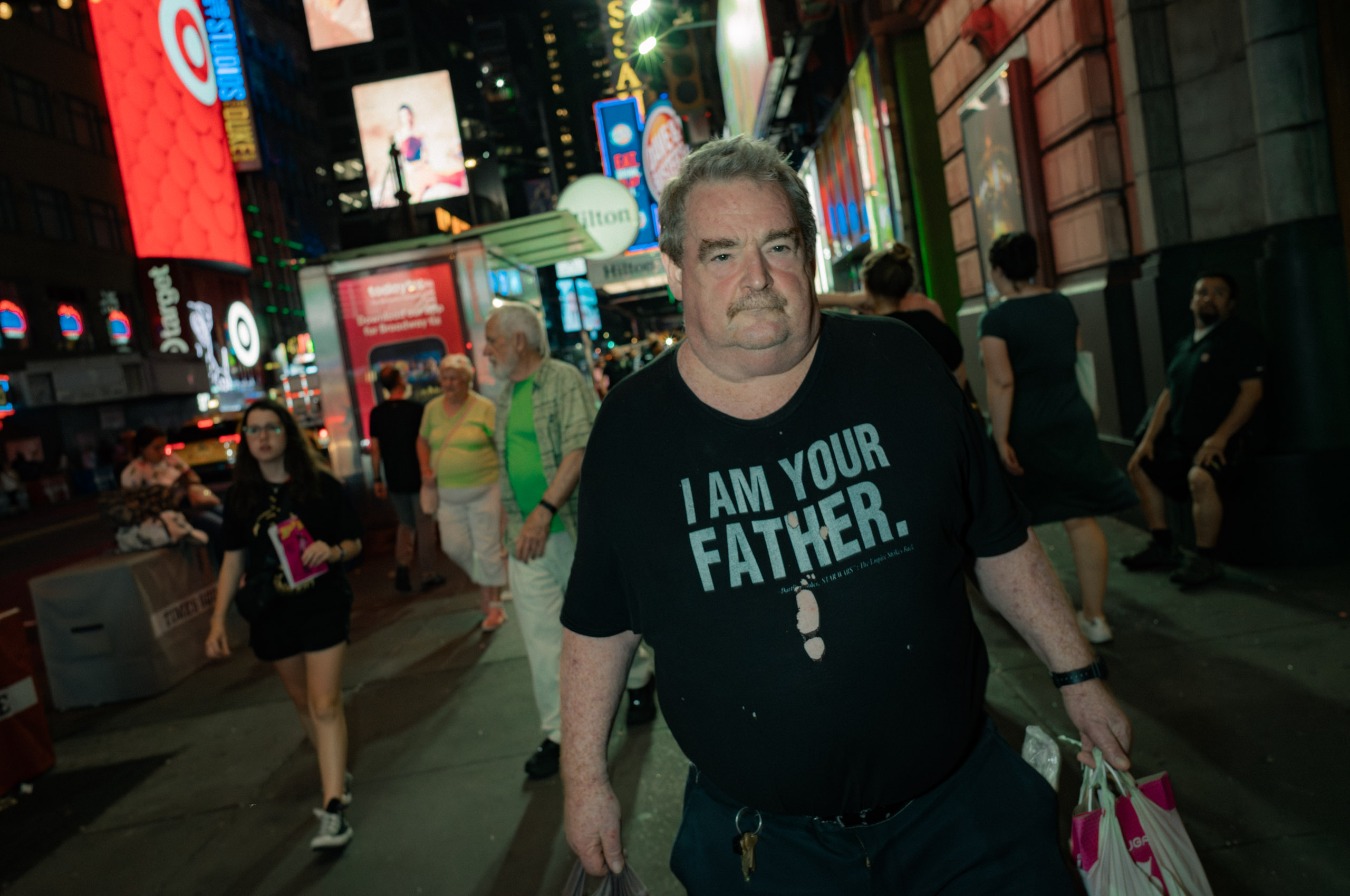The Father explores how paternal archetypes manifest in contemporary urban life, unpacking the enduring psychological imprint of this primal relationship. Through observing moments where authority, protection, guidance and other signifiers emerge in public spaces, the series traces how historical social structures of fatherhood shape modern interactions — sometimes through direct family bonds, sometimes through cultural symbols, costumes, and popular references.
These images position fatherhood as both a personal bond and universal symbol, where individual gestures resonate with collective meaning. The father figure operates simultaneously as protector and judge, nurturing presence and absent shadow — tensions that echo through human consciousness and social structures. Each photograph explores instances where these contradictory aspects surface in daily life, revealing how patriarchal patterns persist not only through biological relationships but through religious imagery, pop culture references, and performances of masculine authority.
Beyond scenes of parent and child, the work also follows how paternal energy circulates through wider social bonds and cultural signs. This archetype also surfaces in the organization of authority, in cultural ideas of leadership, and in the everyday ways knowledge moves between generations. Through this examination, The Father considers how these inherited organizational structures continue to organize human experience through both intimate gestures and public performances, even as traditional family structures evolve.
